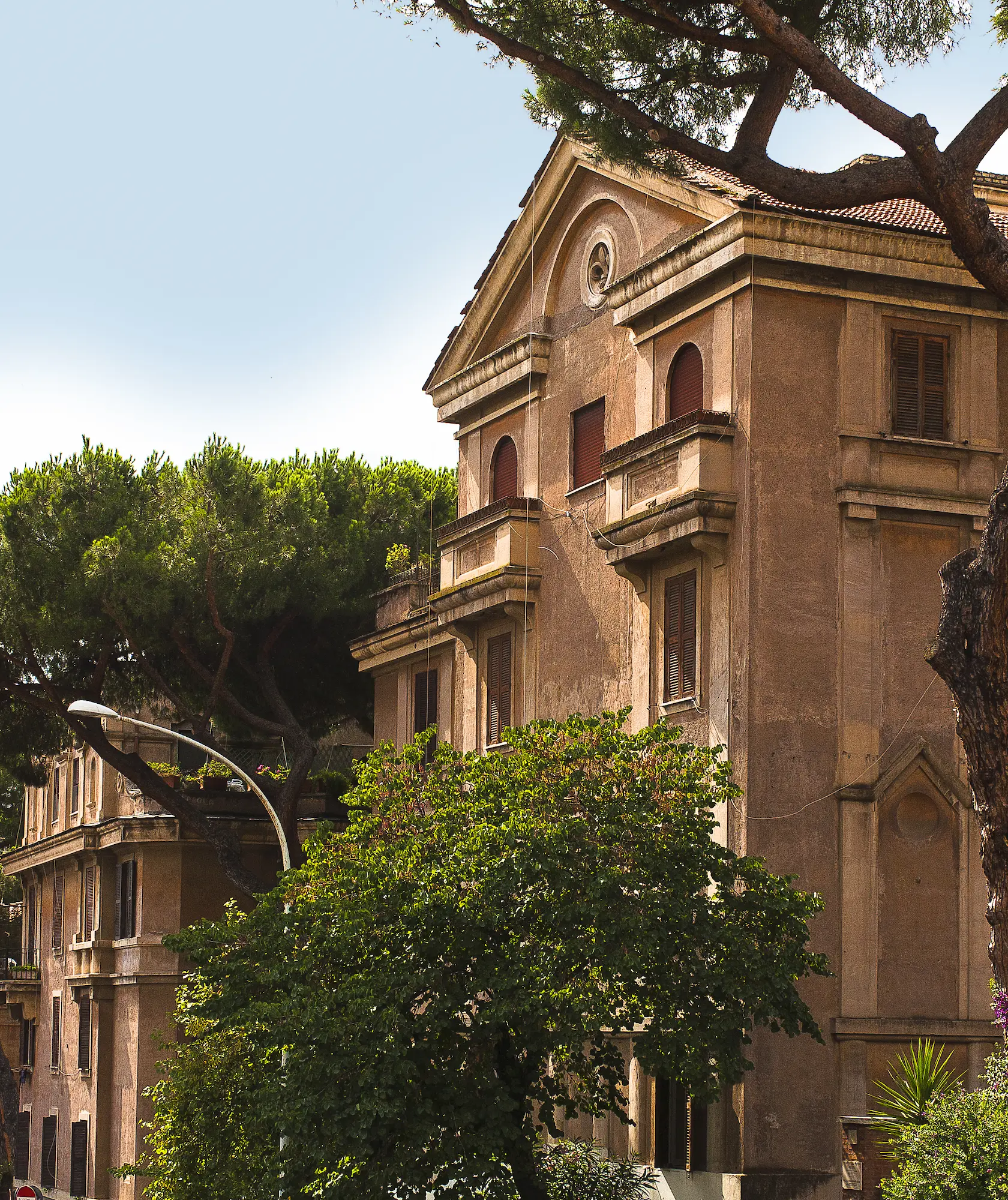
Affordable Housing
Southern Rome
Garbatella
Affordable housing is a recurring theme across the following tours, revealing how twentieth-century Rome used architecture not only to respond to a severe housing crisis, but also to address deeper questions of social cohesion, civic identity, and urban form. From the early residential ensembles developed by by the Institute of Public Housing of Rome (Istituto Case Popolari, ICP), to the expansive postwar INA Casa program, the most ambitious state-sponsored housing initiative—these efforts aimed at improving both the quality and quantity of housing through diverse land subdivisions, building typologies, and construction methods.
The architecture produced during this period exerted an influence on the aesthetics of contemporary Italian cinema, particularly Neorealism, which emphasized humility, locality, and the lived experience of ordinary people. Exemplary sites include Quartiere Tiburtino and Tuscolano. The narrative extends into the late twentieth century with Corviale—a provocative megastructure and ongoing laboratory of urban regeneration. Together, these sites span decades of experimentation in policy, design, and everyday life. Exploring them across multiple tours offers insight into how Rome’s most transformative architecture is not always monumental, but often quiet, collective, and profoundly human.
Garbatella: A Garden Suburb for 1920s Rome
This tour explores Garbatella, one of the most beloved neighborhoods among Romans—remarkable for its quality of life and architectural character. Developed by the Institute of Public Housing of Rome (ICP)—a public body with limited resources, tasked with rehousing those displaced by Fascist demolitions or priced out by rising rents—Garbatella offered a human-scaled alternative to grand urban schemes. Its winding streets, communal courtyards, and Barocchetto-style façades responded organically to both the terrain and the city’s social fabric. At the heart of this story is architect Innocenzo Sabbatini, whose Albergo Rosso alongside nearby housing blocks exemplify a fascinatingly singular Roman road to architectural modernity—one that predated the ‘heroic’ phase of razionalismo but has been largely written out of modernist narratives. Modest in scale yet formally ambitious, these projects fused social vision with refined architectural experimentation.
Tour Details
Duration: Half-day format
Transport: Walking
Languages: English, German, Italian
Max Group Size: 15

